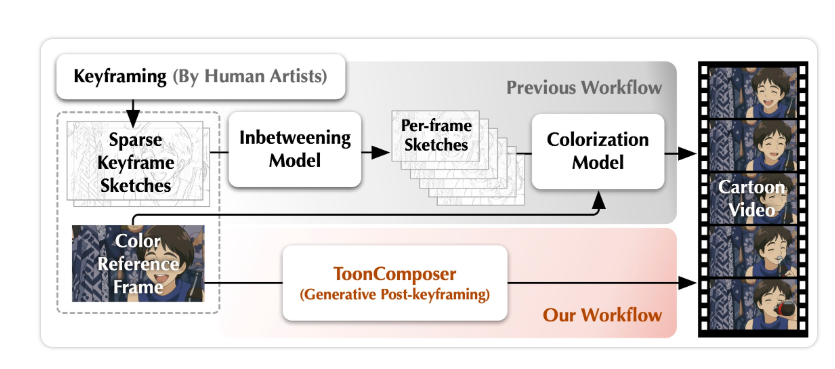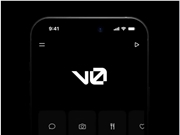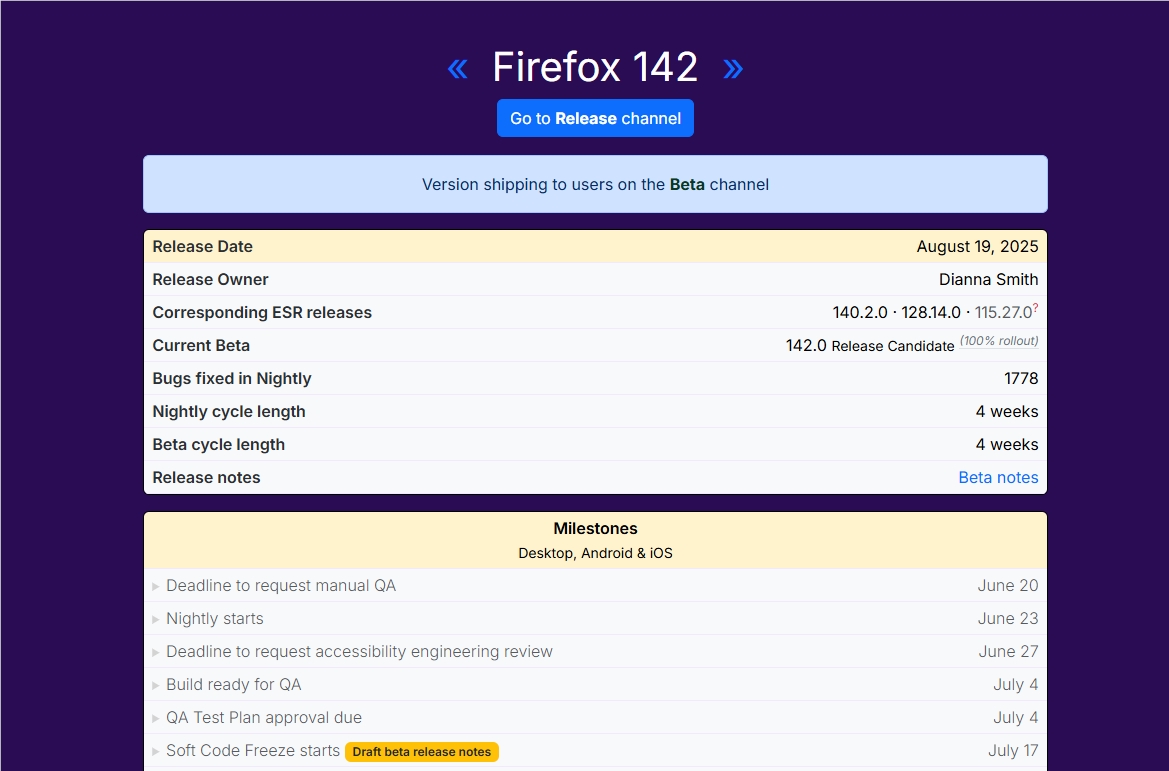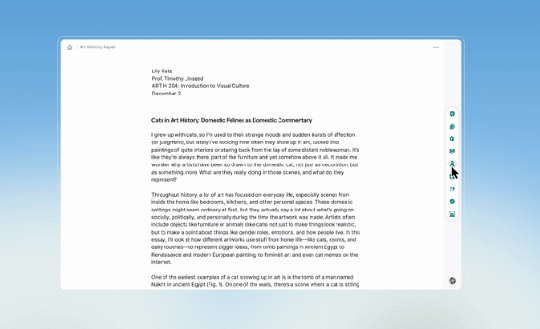The renowned writing assistant platform Grammarly has launched a new document interface built on the technology of Coda, a productivity startup it acquired last year. This interface not only features an AI assistant but also provides students and professionals with multiple AI tools, including an AI scorer, proofreading tool, and citation finder.
The new interface adopts a module-first design philosophy, allowing users to insert elements such as tables, columns, dividers, lists, and headings. It also enables adding rich text blocks to highlight information, add prompts or alerts, offering users a more flexible document editing experience.
The AI assistant integrated into the sidebar has powerful text processing capabilities, capable of summarizing text content, answering user questions, and providing writing suggestions, enabling intelligent interaction with users.
The platform has also introduced several professional AI tools: the "Reader Response" feature allows users to select specific reader roles and receive writing feedback based on that role; the "Scorer" can provide feedback according to teacher guidelines and public course materials; the "Citation Finder," as its name suggests, helps users find and generate citations from public sources; and the "Rewriter" adjusts the tone of the text according to user preferences.

Image source note: The image is AI-generated, and the image licensing service provider is Midjourney
Notably, Grammarly has also added an intelligent agent feature that can detect plagiarism and AI-generated content.
Luke Baines, Vice President of Grammarly's enterprise product division, admitted to TechCrunch that the agent tool used for detecting AI-generated content does have accuracy issues, but he claimed the company has optimized its agent, making it the most accurate detection tool in the market.
Baines explained, "Our goal is not to provide teachers with an enforcement mechanism. If teachers want to enforce policies, they should use our originality tool. But this AI detection tool is intended to give students a window before submitting their assignments, helping them understand which parts of their writing might be AI-generated."
This feature raises an interesting question: Grammarly now has tools that help students use AI writing, as well as tools that detect AI-generated writing. In response to this seemingly contradictory functional positioning, the company stated it has a "moral obligation" to teach students how to use AI and prepare them for the workforce.
Like many companies, Grammarly hopes to build and integrate more AI agent features into its products. Last month, when the company announced the acquisition of the email client Superhuman, it essentially indicated this strategic direction.
In May, Grammarly received a $1 billion investment from General Catalyst to fund acquisitions and strengthen sales and marketing efforts. This substantial investment provides strong financial support for the company's product innovation and market expansion.
This product upgrade reflects the trend of writing assistance tools moving toward greater intelligence and integration, while also showcasing the complexity and diversity of AI technology applications in education and professional writing fields.









